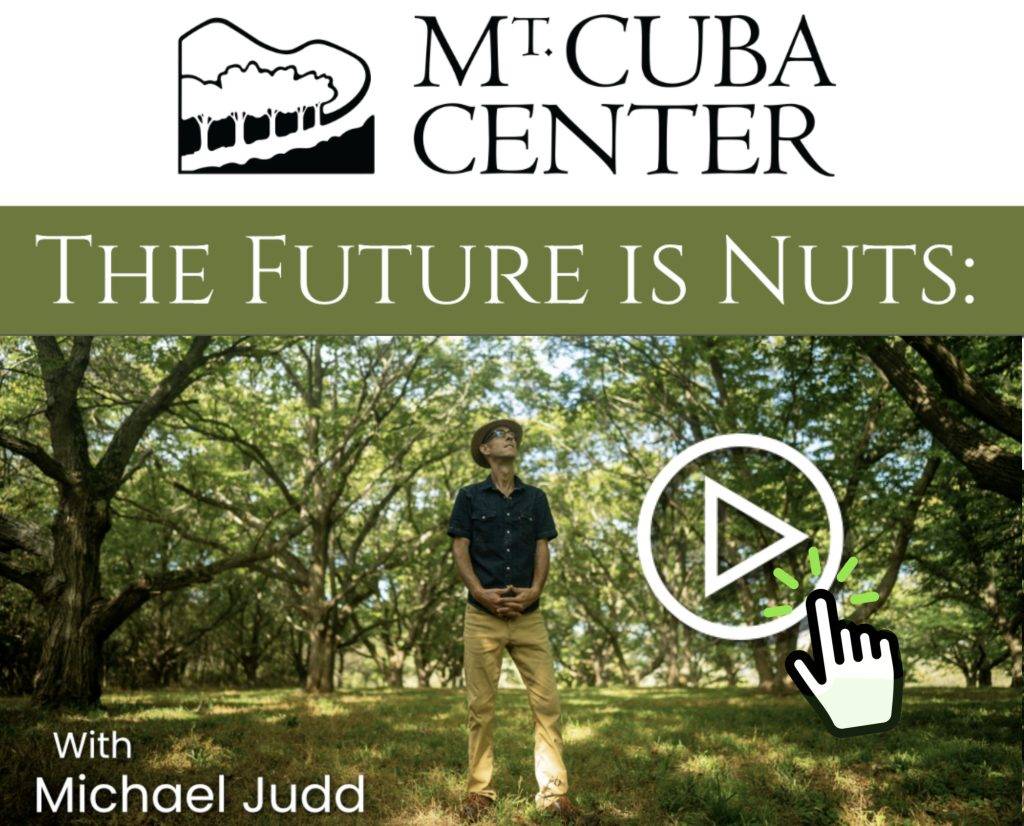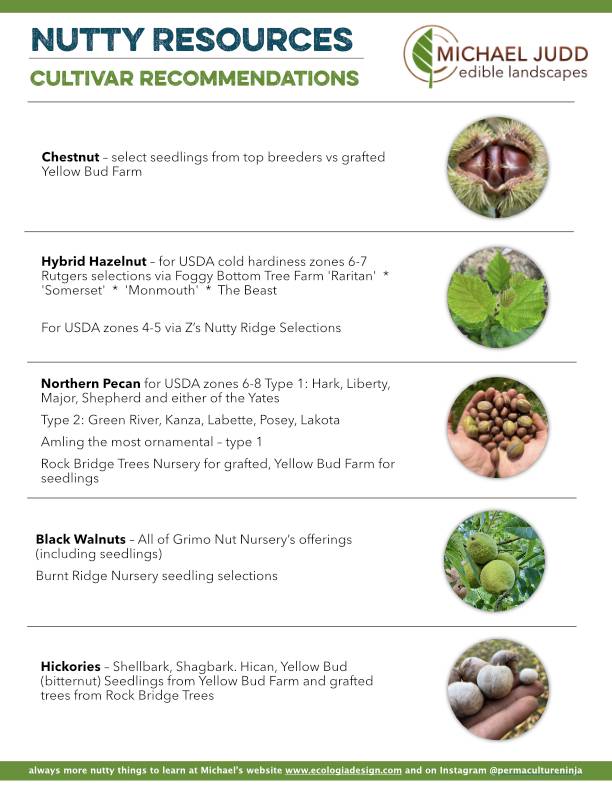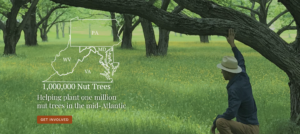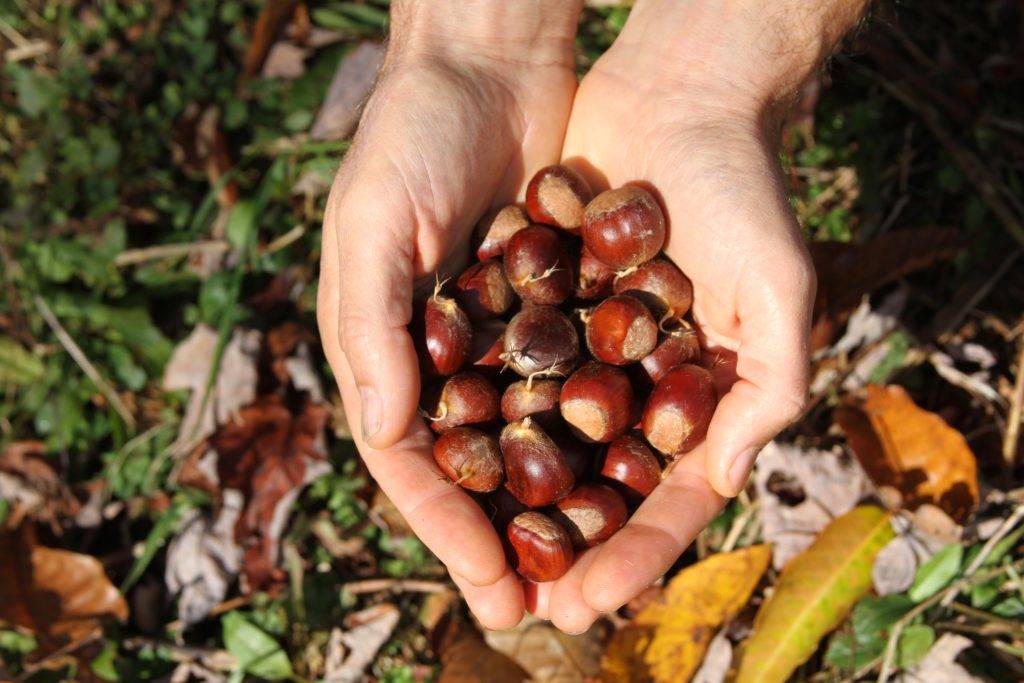THE FUTURE IS NUTS!
Episode 162 of Sustainable World Radio: Is the future nuts? According to our guest Michael Judd, it definitely is, but in a good way! In this fun and informative interview, Michael shares his vision of a bountiful and food secure future where nut tree orchards and farms abound.
OVERCOMING BOTTLENECKS IN THE EASTERN US CHESTNUT INDUSTRY
An Impact Investment Plan
SilvoCulture: Investing in tomorrow’s ecologies and economies by planting food forests today
SilvoCulture was created in 2019 by Michael Judd and Jane Dennison as a response to a world of rapidly changing climates and vulnerable economies where we see a need to promote activities that will provide stable ecologies and financial security for future generations.
Online Webinar from Silvoculture
Investing in Chestnut Trees: The Economics and the Ecology
Get a deeper look into the economics of ecological chestnut systems in this webinar with Michael Judd in partnership with Howard County EcoWorks.
Click below to learn more:
I have a Vision and Goal for 1 Million Nut Trees being Planted Michael Judd
This vision has been born from looking 40 years ahead. I am 48 and my son is 8.
What can I do now that might serve him and others through uncertain economic and ecological times?
Planting nut trees will likely best weather the storms of change and help provide perennial food, economy, habitat, clean water, healthy soils, and community. It is a forward-thinking vision that honors our past when native peoples relied on nut trees for their consistent harvests. Nuts provide oils, proteins, and carbohydrates for human and wildlife alike. Not to mention, their yield is unbeatable considering the minimal maintenance and care needed for an abundant output.
Why Nuts, What Nuts?
We are not seeking to plant any old nuts, but commercially viable nuts with researched and developed genetics. Leaders in this category are Chinese Chestnuts and Hazelnuts.
Chestnuts and Hazelnuts are very low-input, high-yield crops.
In solely economic terms, select nut trees offer a high rate of return as a long-term asset. Nut trees can live for hundreds of years helping secure healthy soils, clean water, and wildlife diversity.
Let’s look at Chestnuts. There are many types of chestnuts worldwide; European, Japanese, Chinese, American, Korean, and multiple hybrids of them all. Our American chestnut is on its way back but is not currently economically sustainable as a commercial crop. Different regions of the U.S. support chestnuts with different genetics but the clear winner in terms of economic success is…
Chinese Chestnuts are the:
• 3rd most in demand nut worldwide only behind coconuts and peanuts, ahead of almonds and walnuts
• 3rd most economically important crop in China behind only rice and wheat but ahead corn and soybeans
Large Market Potential
The present U.S. chestnut growers that have established markets do not have nearly enough chestnuts in supply to meet the demand for their crop.
American-grown nuts can reach the market sooner, fresher, and bring a higher price than imports, which are often low in quality.
• 88% of chestnut consumption in the US is imported.
• The U.S. has 919 farms producing chestnuts on approx. 3,700 acres, that equates to less than 1% of total world production.
By fulfilling the national demand, growers who produce high-quality chestnuts in America will have a virtually unlimited market available to them for many years to come.
In terms of yield and production, Chestnuts begin to bear in just 3-5 years. By 10 years of age, Chestnuts can produce as much as 10-30 lbs./tree and at maturity (15-20 years) they can produce as much as 50-100 lbs./tree or up to 2,500-5,000 lbs./acre each year. Wholesale prices for large, high-quality chestnuts are $1.30-4.50/lb., and higher for organically grown chestnuts.
Retail chestnuts sell for $12-$19/lb. This is a superior return to pecans, hazelnuts and many other tree crops.
To dig deeper visit Chestnut Growers of America – http://www.chestnutgrowers.org/
Hazelnuts
Hazelnuts are another nut that high in demand with limited national suppliers. Currently, Oregon is the only region in the U.S. producing a strong economically viable harvest. This is largely due to crop-related diseases commonly found east of the Rockies. However, a solution may soon
come with Rutgers University release of new variety trials that are promising disease-resistant cultivars that will have commercial viability. This could dramatically affect perennial farming opportunities in the Mid-Atlantic and North-East.
The international hazelnut market is currently valued at about $3 billion, with total world production averaging about 850,000 metric tons per year. Today, around 70% of the world’s crop comes from the Black Sea slopes of northern Turkey, 15% from Italy, and 5% from the U.S. (99% from Oregon).
Learn more about Rutgers hazelnut research and upcoming releases–Here
Silvopasture
Another variation of stacking economic and ecological investment is the integration of tree crops with livestock.
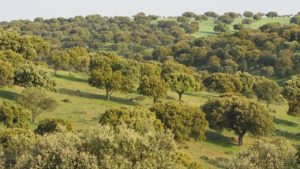
Silvopasture is the intentional combination of trees, forage plants and livestock together as an integrated, intensively managed system. Silvopasture can offer profitable opportunities by simply adding spaced out trees to an existing beef or dairy farm. The shade alone has proven to increase livestock productivity. On average, beef cattle have received a 20% daily gain increase and dairy cows have received a 9 lb. increase per day in milk production. That is a baseline increase without the potential value-added tree crops. When higher value tree crops are incorporated you begin to stack functions that generate a stronger economic and ecological return.
The value of farmland infrastructure is a huge asset and opportunity that is desperately awaiting diversification – both economically and ecologically.
Silvopasture is a well-researched and growing sector in U.S. agriculture. Learn more about it –
https://www.aftaweb.org/about/what-is-agroforestry/silvopasture.html
In Summary
Nut trees provide diversity and food security.
We can stack the functions of economy, ecology and culture at a higher rate of return than traditional land use. It takes design and time but the economic and ecological benefits are high.
Strong economic benefits drive action and landscape use. If we approach planting nut trees from a mainstream economic interest standpoint, we can guide landscape use towards perennial benefits on a large scale.
The first manifestation of this vision has been the creation of SilvoCulture, a Chesapeake Bay watershed initiative who’s tag line is
‘Nuts for the Future’.
The name SilvoCulture has its roots in Silva, Latin for forest, and Culture which is born of its environment.
For information about workshops and involvement head over to the Silvoculture page:
When in doubt – plant nut trees!
More to come..
Michael Judd
Posted In: Edible and Ecological Landscape Design

